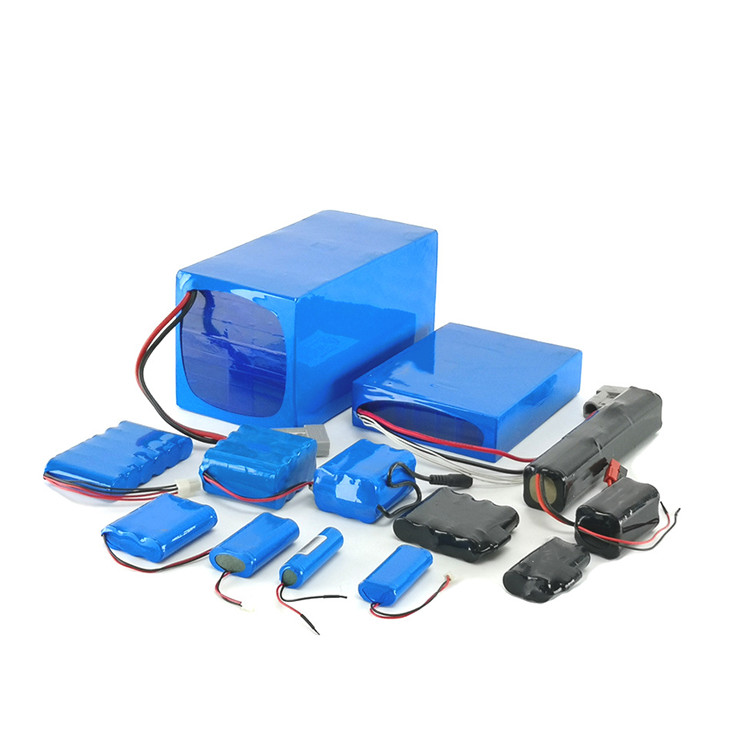The combination of wind power and storage lithium ion battery is the best choice
Июль 24, 2020
Wind power generation, as the main power generation of new energy, has the characteristics of intermittent and random. Wind power generation is difficult to predict accurately, thus facing a major development bottleneck is to abandon the wind power limit problem. Due to the large-scale establishment of fans in recent years, but the grid equipment can not keep up in time, resulting in the operation of all fans will drag down the entire grid harm. As a result, part of the wind field will be forced to limit power generation, so that the fan stop power generation.
The wind power industry has been seriously troubled by the problem of wind power limit, which has become the biggest stumbling block to restrict the healthy and sustainable development of the industry. The combination of wind power and large electric storage is the response measure which is born under the opportunity of the rapid development of new energy.
The combination of direct application of wind power and large-scale storage can balance power supply, improve the power supply quality and ability of wind power to power enterprises, thus reduce the pressure of power grid “valley” period, increase the power supply capacity of “вершина горы” period, в то же время, improve the use value of wind power and give full play to the advantages of wind power distributed power supply, expand the role of wind power. Следовательно, combining with large-scale storage is the development and widening of direct application of pure wind power; it is suitable for both large wind farms and medium and small wind farms; and it can improve the quality and economy of distributed power supply.
В настоящий момент, the main chemical power sources that can be applied to smart grid are sodium-sulfur battery, all vanadium liquid flow battery and lithium ion battery.
A sodium-sulfur battery was first invented by Ford (Ford) в 1967. It uses sodium metal as negative electrode, sulfur as positive electrode and ceramic tube as electrolyte diaphragm. But the sodium-sulfur battery system is expensive, the operation needs additional heating equipment to maintain the temperature, while overcharging is dangerous, so there are shortcomings in safety and maintainability.
all vanadium liquid flow cell research began in 1984 with the Skyllas-kazacos research team of the university of new south wales, australia. it is a redox renewable fuel cell energy storage system based on metal vanadium elements. All vanadium liquid flow battery can reach the whole life cycle of wind power without replacing the battery, the electrolyte storage tank that can be commonly used is large and difficult to manage, and the pentavalent vanadium in the positive liquid is easy to precipitate vanadium pentoxide precipitate under the condition of static or temperature above 45℃, which affects the service life of the battery.
lithium ion battery energy storage is the most feasible technical route in the development of energy storage products at present. lithium ion battery has the advantages of large energy density, небольшой саморазряд, без эффекта памяти, wide operating temperature range, быстрая зарядка и разрядка, long service life and no environmental pollution, so it is called green battery.
the lithium battery energy storage system can quickly and effectively smooth the active power fluctuation of the wind power system output during the normal operation of the power grid. it can provide certain reactive power support for the power grid when the power grid fails, and can stabilize the voltage and frequency of the system when it is out of operation of the power grid. it can effectively improve the performance of the wind power system.
The current energy storage form economy is not obvious, can not bring more benefits to wind farms, but as the cost of technological progress falls, the future may effectively alleviate the impact of power limit at this stage. New energy wind power requires stable storage devices, and in this regard, lithium-ion batteries with high energy density are just right for this work.








 Продажи
Продажи Продажи
Продажи Sales01
Sales01
 Менеджер по продажам
Менеджер по продажам